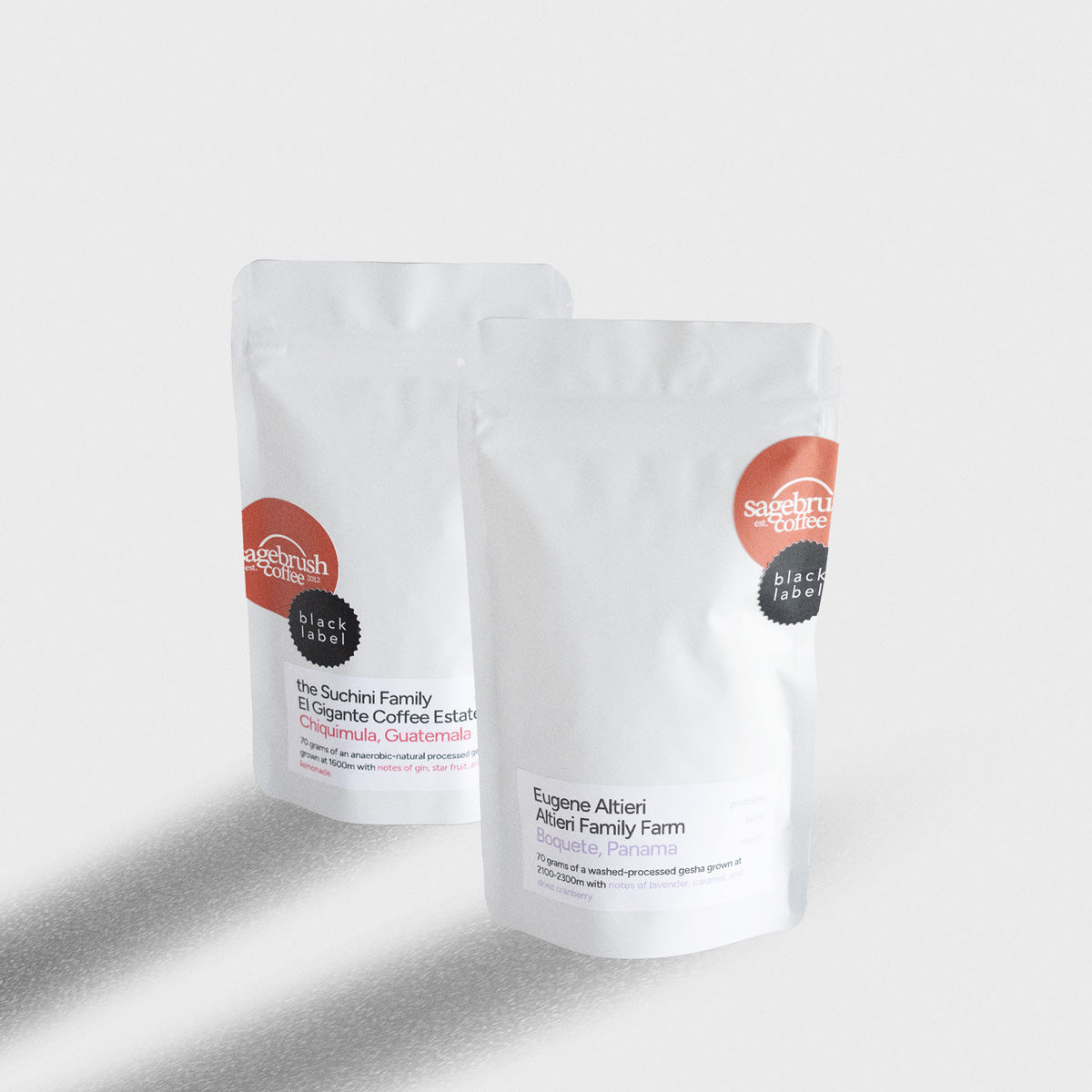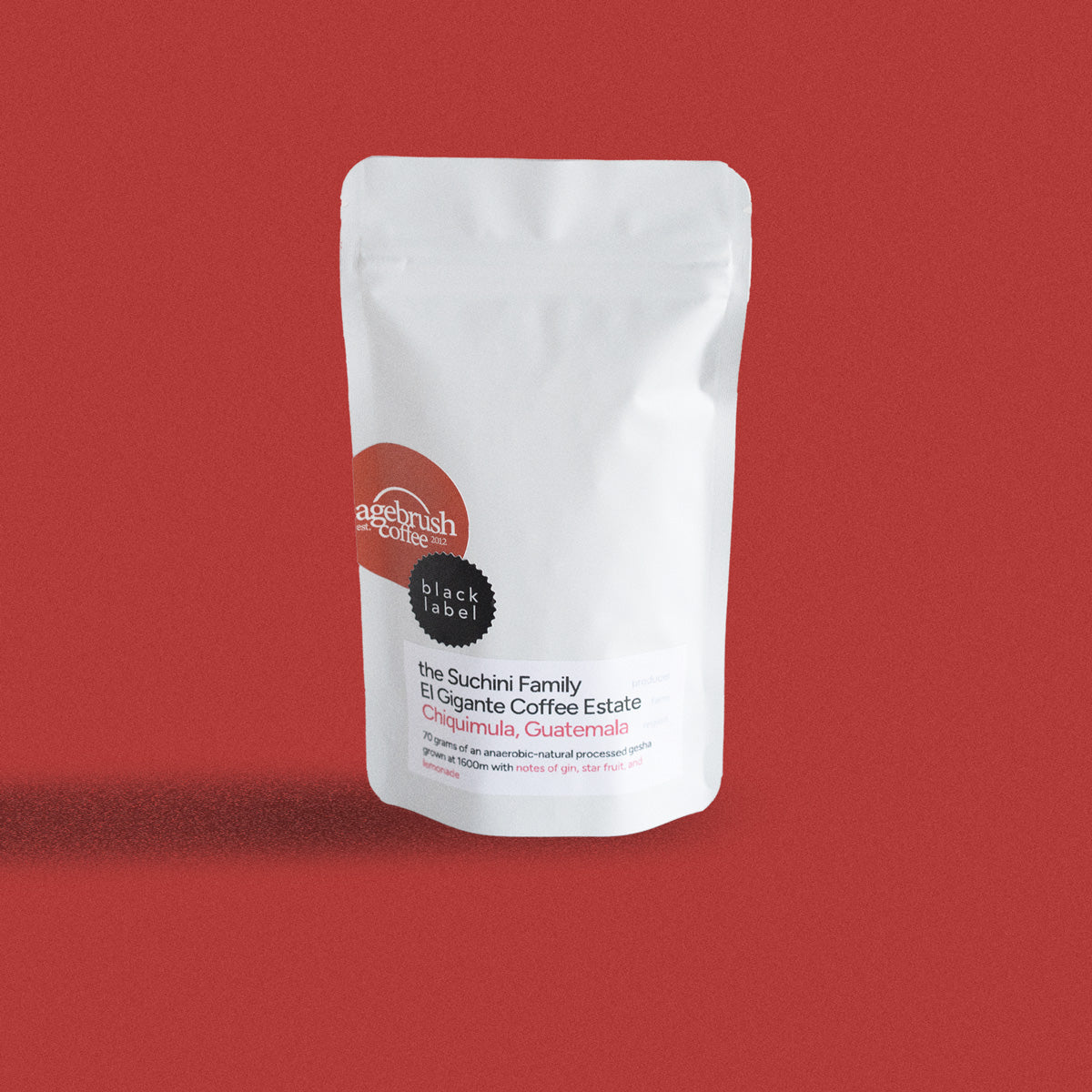Coffee in Brazil: History, Geography, and a Song?
Brazil (bruh•zil) has a long history of coffee production and blazing the trail for new and creative ways to enjoy coffee. It's the largest producer of coffee in the world, but just because it produces the most doesn't mean it's always been easy for them to do so. Brazilian coffee is so well known that it even has a song. Frank Sinatra recorded a song in 1946 titled "The Coffee Song" but it has become lovingly referred to by its repeated line "They've got an awful lot of coffee in Brazil." Despite many challenges, Brazil has managed to maintain successful coffee production over its long history and has renewed its commitment to higher-quality coffee in more recent years.
Coffee isn't native to Brazil or Latin America. A Portuguese legend claims it was smuggled into the country from French Guiana by a Portuguese-Brazilian officer named Francisco de Melo Palheta. According to the legend, the officer went to the French Guiana to solve a border dispute and ended up having a love affair with the French governor's wife. When his time came to return to Brazil, the mistress gifted him a bouquet of flowers and hid coffee seeds inside of them. Supposedly, the seeds were first planted in Para and then made their way to Rio de Janeiro in 1770. After that, they eventually spread far beyond Brazil. At first, coffee was only grown for domestic consumption, but it grew to Brazil being the largest producer of coffee in the world. From the early 1800s to the early 1900s, Brazil's share of the world coffee market grew from 30 percent to a whopping 80 percent. However, in the wake of two World Wars and a global depression, a massive imbalance in the coffee world became quite prominent.
Brazil initially responded to the economic imbalance in the coffee industry by printing more money. This was unsuccessful because it caused inflation and devalued money. Later, the Brazilian government bought surpluses of coffee to keep it off the market and try to raise coffee prices that way. To get rid of the massive surplus they had bought, 78 million bags of coffee were burned. Other quantities were dumped into the sea, used to power trains, and compressed into bricks. These efforts were also largely unsuccessful. In the decades that followed, the production and price of coffee finally stabilized in Brazil, thanks to international agreements and a carefully designed quota system.
Current Coffee Growth in Brazil
To keep up the reputation of the biggest coffee supplier in the world, it is possible that some of Brazil's practices became more about quantity than quality. Brazil uses strip and machine picking, which is a more efficient way of picking coffee, but it means they are less discriminant about the cherries that are picked. Whether it's a person using a cloth or towel to strip the cherries off the plant, or a machine used to shake cherries from the plant, both methods are less selective in selecting only the best and most mature cherries. While these methods have brought on criticism, it has helped Brazil maintain its position as the largest coffee producer in the world. I suppose that's how they want to do it, and to each their own, right? I don't want to clump all farmers together and say that they all do things this way, but it may explain some of the inconsistencies we've experienced with Brazilian coffee. Regardless, there are still farms in Brazil that strive for the best and not just the most, and because of these farms' commitment to a better product, we can offer high-quality Brazilian coffee to our customers here at Sagebrush. Thankfully, in the last 25 years, Brazilian farmers have sought to improve their methods for growing, picking, processing, and selling their coffee beans. There is much to be optimistic about in Brazilian coffee because of the improving practices, from changes in growing regions and altitude to privatizing roads and single-origin offerings. As the world of coffee agriculture has grown and changed, Brazil is striving to keep up, and while there is still a great deal of average coffee coming out of Brazil, it is getting much easier to find quality beans among the quantity.
The Challenge of Coffee Growth in Microclimates
For farmers in different world regions, challenges are par for the course when growing coffee, from elephant stampedes in Tanzania to volcanic eruptions in Central America. One of Brazil's most significant obstacles is its microclimates. Its land is so vast with so many differences in elevation that unpredictable weather can adversely affect coffee growing. They deal with a climate roller coaster. They experience severe droughts, unprecedented downpours causing flooding, and frosts. Too much rain causes immature coffee cherries to fall off of trees which reduces production significantly and leads to diseases and pests because machines can't move about the trees for picking. In 2021, Brazil suffered from its worst drought in 90 years, and then it experienced such an extreme downpour of rain that fatalities were reported.
More Coffee Varieties Aren’t Always Bad
More isn't always bad, especially when we're talking about coffee varieties. Whether some happen naturally or are developed in a lab, Brazil is a pioneer in the development of different coffee varieties. For example, the Catura, which is a dwarf of the Bourbon variety, originated in Brazil. The Mundo Novo, which is a Bourbon/Typica and a parent plant of the Catuai, was developed by Brazilian agricultural scientists. So while Brazil may at times produce somewhat average coffee, it has also brought much to the coffee industry, and we should not overlook it. Some of these variates make excellent coffee and may help compensate for genetic deficiencies that certain types of coffee plants naturally have. The Bourbon variety by itself can be very susceptible to disease, but when it's farmed with a stronger variety like the Typica, it becomes a stronger plant.
Brazilian Coffee Flavor Profile
The most common and high-quality Brazilian coffees are frequently low in acidity, heavy in body, and sweet to taste. Like many Latin American coffees, they display a common and widely enjoyed rich chocolate and nutty flavor, which is excellent for Espressos.



















